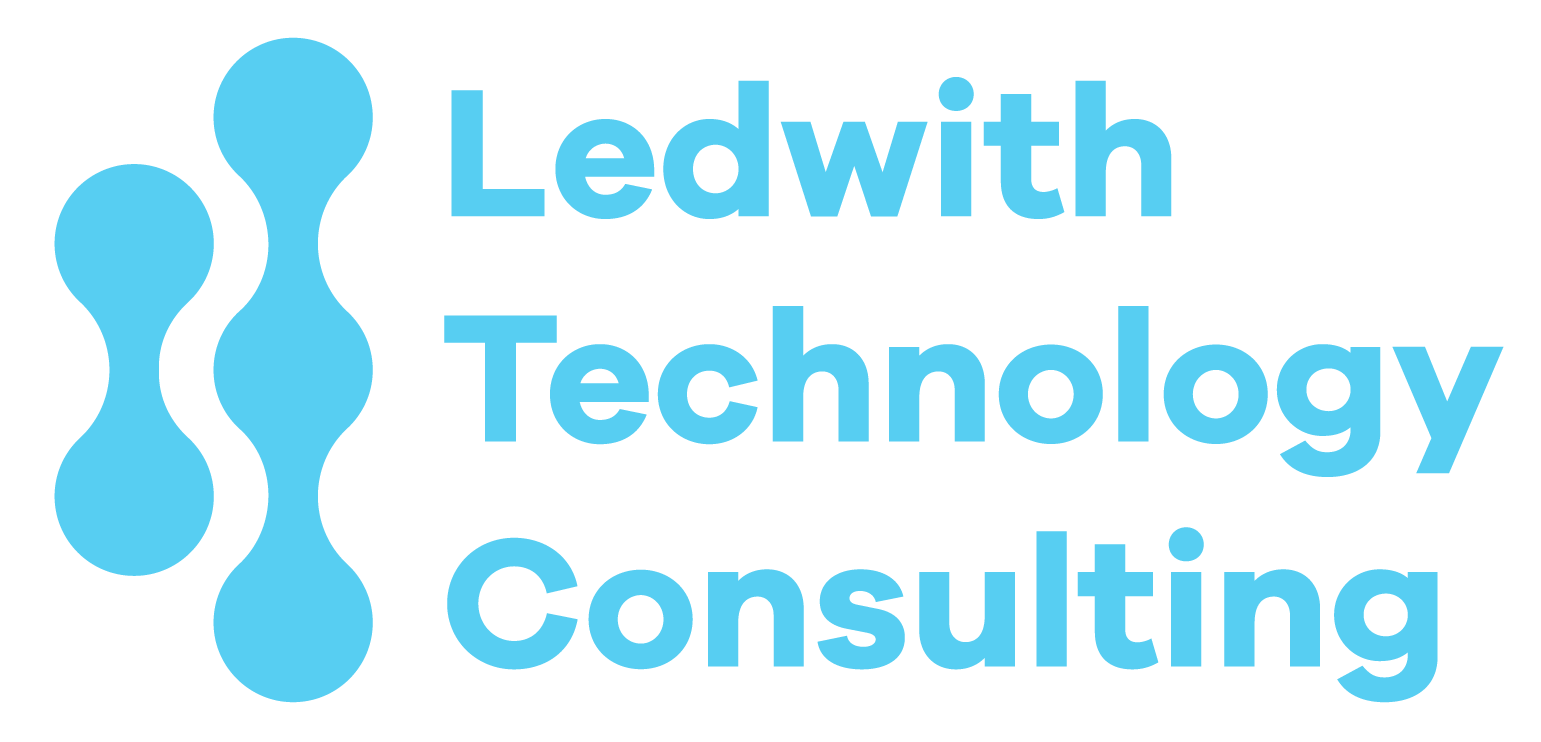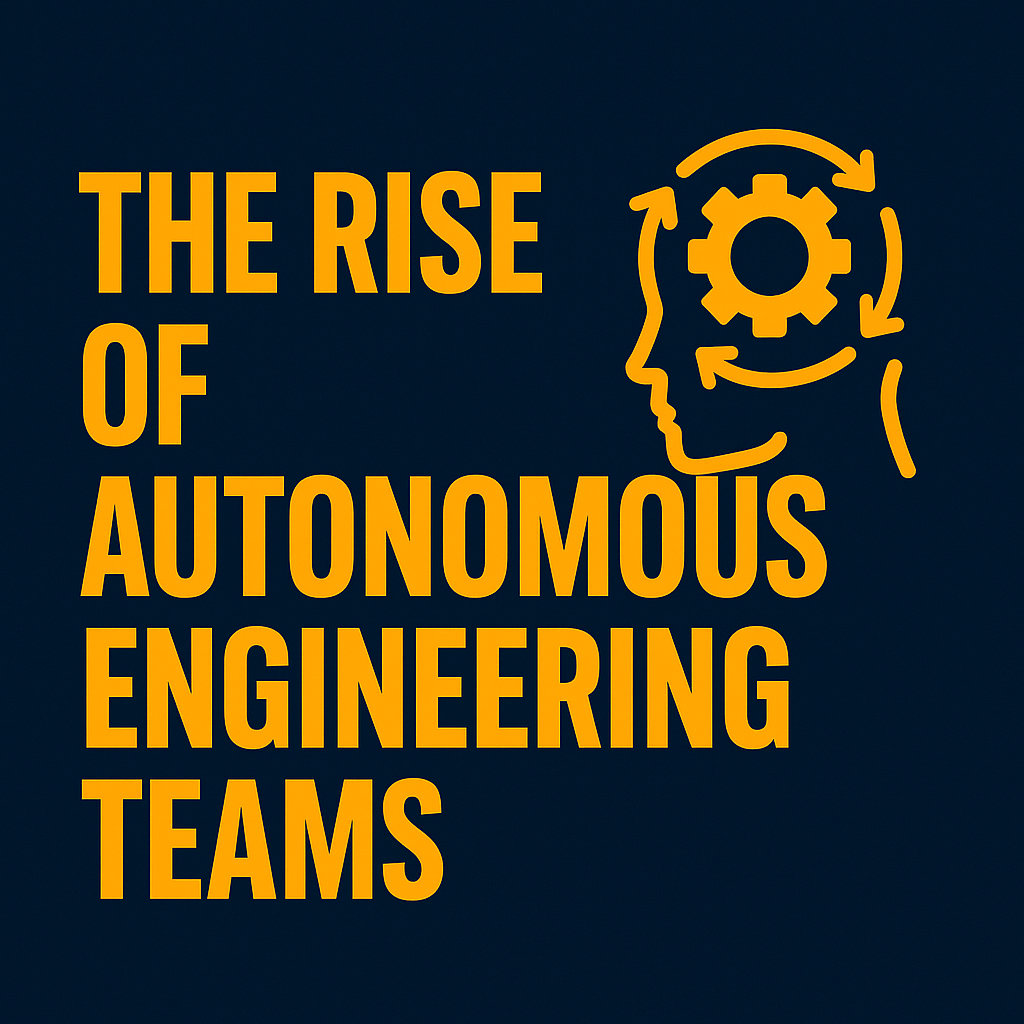By Stephen Ledwith February 26, 2025
The modern world of software development is in a state of constant evolution. One concept that has radically transformed this landscape is Continuous Integration and Continuous Deployment (CI/CD). In today’s hypercompetitive environment, the ability to iterate quickly, maintain stability in production, and scale efficiently isn’t just an advantage—it’s essential for survival. In this post, we explore how CI/CD drives speed, stability, and scale in software development, drawing from industry research and over 20 years of technology leadership experience.

Introduction: A New Era in Software Delivery
Before CI/CD became the de facto standard for modern software delivery, development teams faced long release cycles, unpredictable deployments, and brittle integrations. The promise of CI/CD lies in its ability to automate much of the build, test, and deployment process—reducing human error and enabling rapid feedback loops. This transformation isn’t just technical; it’s cultural. It requires a shift in mindset from “release days” to continuous improvement, where every commit is a step toward a more robust product.
Call-out: “Embracing CI/CD is more than adopting new tools—it’s about fostering a culture of continuous improvement and agility.”
In this post, we delve into the underlying principles of CI/CD, discuss its key benefits, and consider how it has been instrumental in leadership roles from restructuring teams at eXp Realty to optimizing operations at Lone Wolf Real Estate Technologies.
The Evolution of CI / CD: From Manual Processes to Automated Excellence
The Early Days of Software Development
In the early days, software development was a sequential process: developers wrote code, testers found bugs, and operations teams deployed releases manually. These long cycles often meant that issues were discovered too late—costing precious time and resources. Integration was a daunting task, with teams frequently experiencing a “big bang” approach that left little room for iterative improvement.
The Advent of Agile and the Need for Speed
The emergence of Agile methodologies shifted the focus to iterative development. Agile teams needed a way to validate their changes frequently. Continuous Integration (CI) was born out of this need—a practice that encouraged developers to merge code changes several times a day, ensuring that integration issues were caught early. As Agile matured, the natural progression was toward automating the entire release pipeline. This evolution led to Continuous Deployment (CD) and Continuous Delivery, ensuring that every change passing automated tests could be released to production at any time.
Cultural Shifts and Organizational Impact
Adopting CI/CD is as much about people as it is about technology. It requires collaboration between developers, testers, and operations teams. The shared responsibility for quality and rapid deployment fosters a culture of ownership and accountability. Whether leading teams at eXp Realty or directing engineering efforts at Black Knight Financial Services, aligning the organization around these principles has been key to achieving transformative results.
Speed: Accelerating the Software Delivery Process
One of the most immediate benefits of CI/CD is the dramatic increase in delivery speed. With an automated pipeline, code can be built, tested, and deployed in minutes rather than days or weeks.
Rapid Feedback Loops
Every commit triggers a suite of automated tests, providing immediate feedback. This rapid loop means that issues are identified and resolved as they arise, reducing the time between a bug’s introduction and its fix. Fast feedback is crucial not only for maintaining code quality but also for keeping teams motivated and aligned.
Minimizing Bottlenecks
In traditional development cycles, bottlenecks at testing or deployment stages could delay entire projects. CI/CD pipelines streamline these processes by parallelizing tasks and automating repetitive actions. As a result, teams can focus on innovation rather than being mired in manual tasks.
“Automated pipelines are the lifeblood of modern development—they transform what used to be a slow, error-prone process into a rapid, reliable workflow.”
Real-World Impact: Leadership in Action
At eXp Realty, a robust CI/CD pipeline enabled rapid deployment of new features across multiple international markets. This capability supported the company’s explosive growth—from 2,500 agents to over 55,000 in just a few years—while maintaining high quality and responsiveness in a fiercely competitive market.
Stability: Ensuring Robust and Reliable Deployments
While speed is critical, stability remains paramount. A fast release cycle is of little value if it leads to frequent outages or degraded user experiences. CI/CD frameworks are designed to maintain, and even enhance, system stability.
Automated Testing and Quality Assurance
The foundation of stable deployments is comprehensive automated testing. Unit tests, integration tests, and end-to-end tests run in the pipeline, ensuring issues are caught early. This systematic validation reduces the risk of deploying faulty code and bolsters overall confidence in the software.
Advanced Deployment Techniques
Modern CI/CD strategies incorporate advanced deployment techniques such as blue-green deployments and canary releases. These approaches minimize risk by ensuring new changes are gradually introduced to the production environment. If an issue arises, it can be quickly rolled back without impacting the entire user base.
Building a Culture of Resilience
A robust CI/CD process is not solely about technology—it’s about cultivating a resilient culture. By constantly testing and monitoring, teams develop a deep understanding of their systems. This proactive approach means issues are not only resolved faster but are also less likely to recur.
Call-out: “Stability in CI/CD is achieved through relentless testing and the courage to fail fast in a controlled environment. It’s about ensuring every change improves the system.”
Personal Perspective: Leading with CI/CD
Throughout my career, rigorous testing and automated deployments have been cornerstones of system reliability. At Lone Wolf Real Estate Technologies, initiatives to reduce monthly technology costs by over 20% went hand in hand with improved system stability through automation. Embedding testing at every stage of development protected the business’s reputation and ensured continuous operational excellence.
Scale: Enabling Growth and Innovation at Pace
Today’s software landscape demands scalability. Companies must support exponential growth without sacrificing performance or reliability.
Embracing Microservices and Modular Architectures
CI/CD enables scale by supporting microservices architectures. Instead of a monolithic application, software is decomposed into smaller, independent services. This modularity not only simplifies management and scaling of individual components but also accelerates development by enabling parallel work streams.
Automated Resource Management
In high-scale environments, the ability to automatically adjust resources based on demand is crucial. CI/CD pipelines integrate with cloud platforms—such as AWS, Azure, and Google Cloud—to automate resource provisioning and deprovisioning. This seamless scaling ensures infrastructure grows in tandem with application needs.
Data-Driven Decision Making
CI/CD is not just about code; it’s about continuous data collection and analysis. Metrics such as deployment frequency, mean time to recovery (MTTR), and change failure rates provide actionable insights. Monitoring these KPIs enables informed decisions that drive further optimization.
Call-out: “Scaling isn’t a one-time effort—it’s a continuous journey. CI/CD offers the framework and data to evolve systems in lockstep with business growth.”
Scaling in Practice: Lessons from the Field
At eXp Realty, a CI/CD pipeline designed for scale underpinned rapid international expansion. By refactoring our platform into a microservices architecture and automating resource management, we expanded into five new countries within three months. This experience underscored that with the right processes, scaling is not only feasible—it is a powerful catalyst for innovation.
Overcoming Challenges in CI/CD Adoption
Despite its benefits, the transition to CI/CD comes with challenges. Implementing these practices demands not only new tools but also a significant cultural shift.
Overcoming Resistance to Change
Cultural resistance is one of the most common obstacles. Teams accustomed to traditional development cycles may hesitate to adopt a continuous delivery model. Overcoming this requires strong leadership, clear communication, and a commitment to training and education.
Integrating Legacy Systems
Many organizations struggle to integrate CI/CD with legacy systems. These systems, often built without modern practices, can be fragile and resistant to automation. A phased, risk-managed approach—starting with non-critical components—can help ease the transition.
Managing Increasing Complexity
As systems grow, so does the complexity of the CI/CD pipeline. Designing a pipeline with scalability and maintainability in mind is essential. This involves investing in robust monitoring and logging tools and establishing clear processes for incident response and rollback.
Call-out: “The journey toward CI/CD maturity is paved with challenges. Success depends on adopting the right technologies and fostering a culture that embraces continuous learning and improvement.”
Strategies for Successful Adoption
Drawing from years of leadership, these strategies have proven effective:
- Start Small: Initiate a pilot project to demonstrate quick wins.
- Educate the Team: Invest in training so everyone understands both the tools and the underlying philosophy.
- Iterate Relentlessly: Treat your pipeline as a living system that requires constant refinement.
- Foster Collaboration: Break down silos between development, testing, and operations to build a unified, quality-focused team.
These strategies have been instrumental in roles at companies like Black Knight Financial Services and eXp Realty.
Best Practices for Implementing CI/CD
A robust CI/CD pipeline combines technical excellence with cultural alignment. Here are some best practices refined over two decades of experience:
Embrace End-to-End Automation
Automation is the cornerstone of CI/CD. This means automating not just tests but the entire build, deployment, and rollback processes. Reducing manual intervention minimizes errors and accelerates delivery.
Prioritize Comprehensive Testing
Every code change should be validated through rigorous testing—unit tests, integration tests, and performance tests are all essential. A well-crafted testing suite pays dividends by ensuring reliability and quality.
Foster a Collaborative Environment
Encourage developers, testers, and operations personnel to work closely together. Shared ownership of the codebase and pipeline fosters a culture of accountability and innovation.
Monitor and Measure Everything
Implement robust monitoring and logging solutions to capture metrics at every stage. These insights are invaluable for iterative improvements and in demonstrating the tangible benefits of CI/CD.
Plan for Rollbacks and Failures
Even the best pipelines can experience hiccups. Establish clear rollback procedures and a robust incident management strategy to minimize downtime and maintain user trust.
Call-out: “A mature CI/CD pipeline anticipates failure and is designed to recover gracefully—it embodies the resilience needed for modern software development.”
The Future of CI/CD: Trends and Innovations
As technology continues to evolve, CI/CD practices are also advancing. Several emerging trends promise to further revolutionize software delivery.
AI and Machine Learning
Artificial intelligence is increasingly being integrated into CI/CD pipelines. From intelligent test selection to predictive failure analysis, AI enhances efficiency and helps identify issues before they impact production.
Serverless Architectures and Containerization
The rise of serverless computing and containerization with tools like Docker and Kubernetes is reshaping how applications are built and deployed. CI/CD pipelines are evolving to seamlessly integrate with these technologies, enabling unprecedented agility and scalability.
Security as Code
With cyber threats on the rise, integrating security checks into every stage of the pipeline—often referred to as DevSecOps—is becoming essential. This “security as code” approach ensures that protection is embedded in every change, bolstering overall system resilience.
Continuous Experimentation
Continuous experimentation is at the heart of CI/CD. By consistently integrating new technologies and refining processes, organizations can stay ahead of the curve. This philosophy of perpetual improvement has been central to many successful initiatives I’ve led.
Personal Reflections on CI/CD Leadership
Reflecting on a journey that spans from early roles as a developer to senior leadership positions, the transformative power of CI/CD is undeniable. Building robust pipelines was pivotal at eXp Realty, enabling the rapid scaling of teams and products. The experience has taught me that technical transformation and cultural change are inseparable.
Key lessons include:
- Vision: Recognizing CI/CD as not merely a technical tool but a strategic enabler.
- Resilience: Embracing failures as opportunities for learning and continuous refinement.
- Collaboration: Breaking down silos to create a unified, innovative force.
These principles have guided initiatives from streamlining onboarding processes to implementing microservice architectures that powered rapid international expansion (:contentReference[oaicite:9]{index=9}).
Conclusion: Embracing the Future Today
The journey toward a seamless, automated software delivery process is ongoing. CI/CD has emerged as a transformative force—accelerating development cycles, enhancing system stability, and enabling scalable growth. In an era defined by digital transformation, adopting CI/CD is not just an option; it’s a necessity.
By embracing CI/CD, organizations can reduce errors, accelerate feedback, and ultimately deliver superior products. As we continue to innovate, the principles of continuous integration and continuous deployment will remain central to building agile, robust, and scalable software systems.
Final Thought: “The true power of CI/CD lies in harmonizing speed with stability, turning challenges into opportunities for continuous growth and innovation.”
Whether you’re just embarking on your CI/CD journey or refining an existing pipeline, remember that success hinges on a blend of technical prowess and cultural commitment. With the right vision, processes, and teamwork, the future of software development is not only achievable—it’s already unfolding before us.
Sources
- Industry-leading DevOps practices and automated pipeline case studies.
- Leadership experiences from roles at eXp Realty, Lone Wolf Real Estate Technologies, and Black Knight Financial Services.



